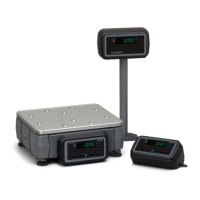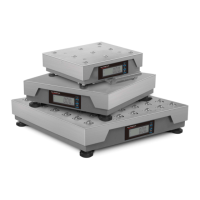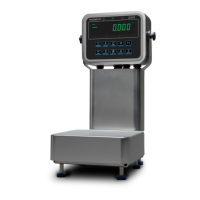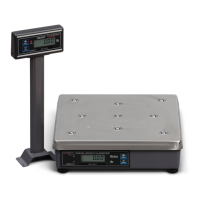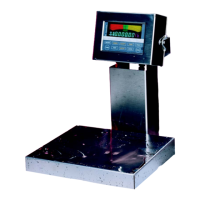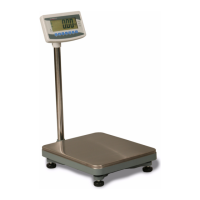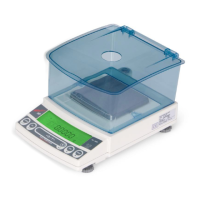Do you have a question about the Avery Weigh-Tronix ZM 110 and is the answer not in the manual?
Compliance details for FCC Class A digital device operation in US and Canada.
Instructions on operating the scale and seeking qualified service personnel.
Guidance on safe removal and disposal of the internal lead acid battery.
Importance of regular checks for proper operation and safe cleaning methods.
Warning against using sharp objects to operate the scale keys.
Steps for carefully removing the scale from its package and checking components.
Advice on optimal placement for scale accuracy, avoiding environmental factors.
Procedure for levelling the scale using adjustable feet and bubble level.
Instructions for attaching the support column, indicator, and power adapter.
Information on operating the scale via battery or power outlet and status indicators.
Steps for turning the scale on and off, including display test sequence.
Overview of the indicator's keypad and LCD display features.
Explanation of symbols and indicators displayed on the scale's screen.
Detailed functions and secondary uses of the scale's operation keys.
List and explanation of common error codes displayed by the scale.
Procedure for performing a simple gross weight measurement.
Steps for taring the scale to measure net weight, often with containers.
Method to remove any previously set tare value.
Introduction to the counting mode for basic sampling and counting routines.
Detailed steps for sampling parts to determine piece weight for counting.
Instructions for performing check counting, referencing checkweighing section.
Overview of checkweighing for conformity to acceptable weight tolerances.
Procedure to set upper/lower limits and beeper modes for checkweighing.
Explanation of the three available beeper modes for checkweighing alerts.
Function to capture and hold stable weight values, especially for animal weighing.
Steps to enable and configure HOLD 0 or HOLD 1 modes and stability settings.
Illustrative examples demonstrating how the hold mode stability window functions.
Introduction to the User Menu for configuring scale operating modes.
Navigation within the User Menu and its submenus (UF-1 to UF-9).
Detailed descriptions of each User Function (UF-1 to UF-9).
Overview of Supervisor Menu for system parameters and calibration.
Procedure for performing quick calibration and linearity checks.
Setting units, counting mode, calibration units, decimal positions, and division size.
Overview of RS232 for connecting to peripheral devices.
Details on RS232 output data format, bits, parity, and baud rate.
Reference to Service Manual for information on replacement parts.
Pin configuration for the LOADCELL connection to the indicator.
| Enclosure | ABS Plastic |
|---|---|
| Interface | RS-232 |
| Tare Function | Yes |
| Overload Protection | Yes |
| Display | LCD |
| Power | Battery or AC adapter |
| Units of Measurement | kg, lb, g, oz |
| Auto Power Off | Yes |


